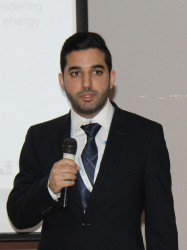BibTex format
@article{Chocontá:2021:10.3390/su132011265,
author = {Chocontá, Bernal D and Muñoz, E and Manente, G and Sciacovelli, A and Ameli, H and Gallego-Schmid, A},
doi = {10.3390/su132011265},
journal = {Sustainability},
pages = {1--17},
title = {Environmental assessment of latent heat thermal energy storage technology system with phase change material for domestic heating applications},
url = {http://dx.doi.org/10.3390/su132011265},
volume = {13},
year = {2021}
}

